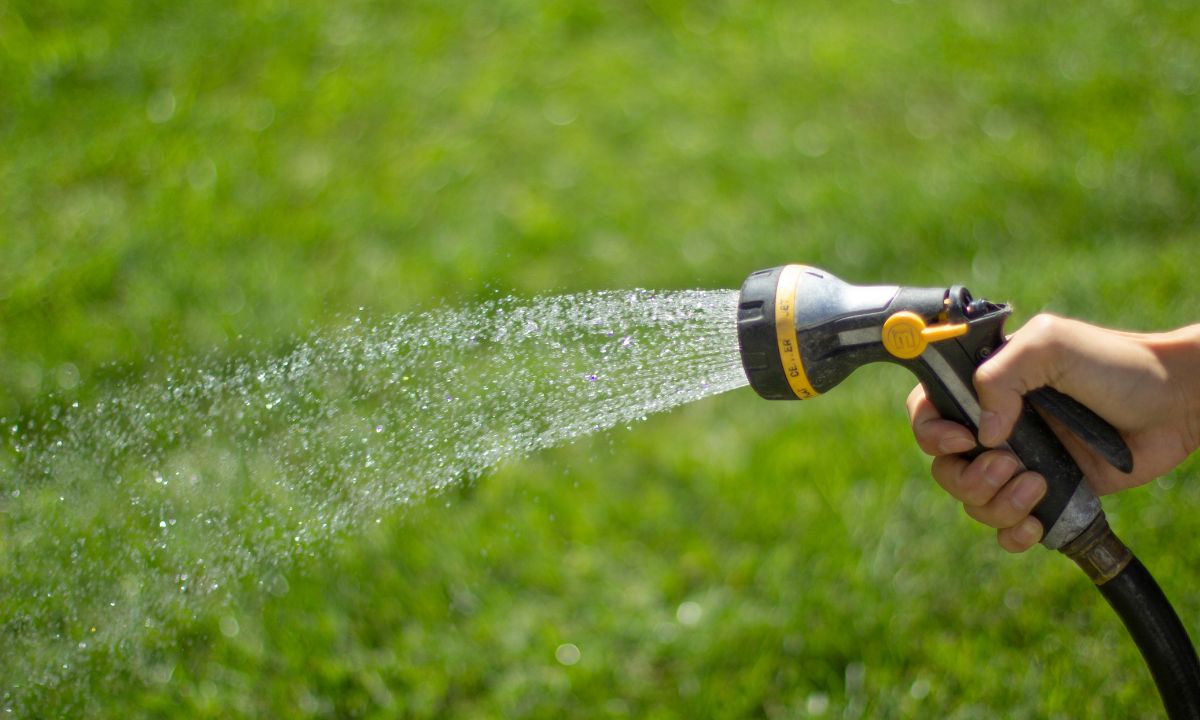In a move that has stirred a blend of reactions across the board, California regulators have put forward a proposal this week to postpone the implementation of new water conservation rules specifically designed to limit lawn watering.
This decision has been met with approval from various agencies seeking additional time to adapt, yet it has also ignited significant concern among environmental advocates. These advocates caution against the potential detrimental impact on California’s already limited water supply.
Initially, the state had set ambitious targets to reduce overall water consumption by approximately 14%, with specific measures aimed at curtailing outdoor water use to below the current statewide average by 2035.
However, in a recent development, regulatory authorities suggested pushing this timeline back by five years, to 2040, with a formal decision by the State Water Resources Control Board anticipated later in the year.
Under the proposed regulations, the focus would not be on individual penalties for excessive lawn watering but rather on holding water agencies accountable for the water use of their customers.
These agencies, numbering around 405 statewide, supply water to nearly 95% of California’s populace and are tasked with encouraging their customers to adopt more water-efficient practices.
Strategies include public education, incentives for installing water-saving fixtures, and the replacement of traditional grass lawns with drought-resistant vegetation. They may also consider rate adjustments to foster conservation.
The financial implications for water agencies to meet these standards are substantial, estimated at around $13.5 billion, a figure that some suggest may underrepresent the true cost. The push for an extended timeline comes as agencies grapple with the challenge of translating regulatory mandates into tangible changes in consumer behaviour, a transition that necessitates time for adaptation and education.
Critics of the delay, such as Tracy Quinn from Heal the Bay, argued that postponing the enforcement of conservation measures may lead agencies to invest in more costly water-sourcing alternatives, like desalination or water recycling, rather than prioritizing immediate and cost-effective conservation strategies. The aim for 2040 involves transitioning the majority of residential yards to low-water plant varieties and drip irrigation systems to replace less efficient sprinklers.
Despite the flexibility offered to agencies in meeting the new outdoor water standards—taking into account indoor water use and losses from leaks—the delay raises concerns about the commitment to conservation amidst the pressures of climate change.
California, with its long dry seasons and reliance on winter precipitation for water supply, faces a precarious balance in water management, exacerbated by climate variability and prolonged drought periods.
The state’s water usage profile underscores the critical need for conservation, with residents and businesses accounting for a minor fraction of annual consumption compared to agriculture and environmental management.
The discussion on water conservation regulations arrives in the context of a report by the Legislative Analyst’s Office, which criticized the proposed rules for their complexity and modest impact on water savings. However, proponents of stricter conservation measures argue that even the projected savings are substantial and vital for the state’s water security.
As California navigates the complexities of water conservation, the debate over the proposed delay underscores the broader challenges of environmental stewardship, regulatory compliance, and the imperative of sustainable resource management in an era of unpredictable climate patterns.

